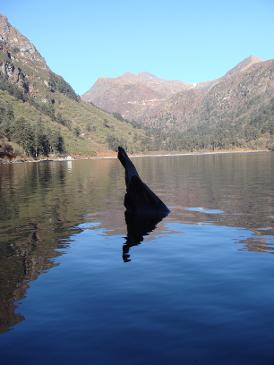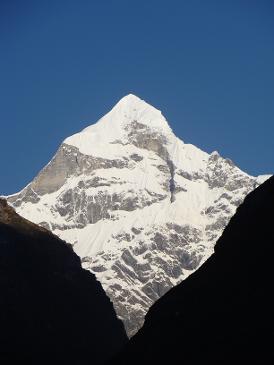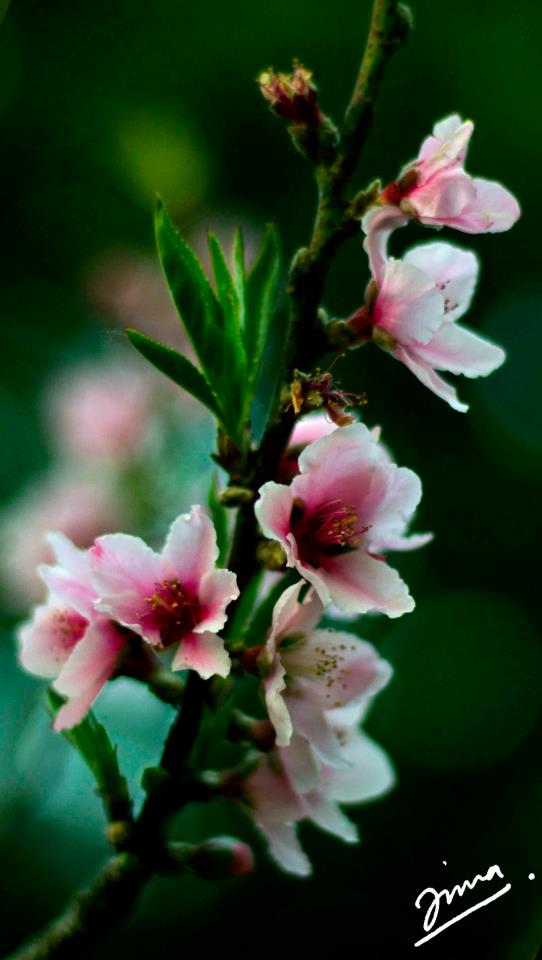  © Prabin Khaling,2013  © Bishan Tirva 2013 | Harold Pinter, in an introduction to his first collection of plays, identifies the paralysis and the nausea a writer or a reader has to confront, words and ideas ‘endlessly repeated’ and recycled to reach a dead end, an aporia of hackneyed and atrophied significations. Pinter writes further that “it is possible to confront this nausea, to follow it to its hilt, to move through it and out of it, then it is possible to say that something has occurred, that something has even been achieved.” Perhaps every writer has to tackle and explore through this ambiguous nature of language and strive for clarity, what Beckett would call “speak(ing) of things of which I cannot speak”. One of the issues that poets from Sikkim, Kalimpong and other nearby places are grappling with is the notion of cultural amnesia counterpointed by the archaeological explorations into the self – the carving of a cultural and geographic self in the figurative map of India. This also involves critiquing the monolithic imposition of a Gurkha identity on our Nepali people further marginalizing communities that fall outside it, thereby overlooking the other multiple identities we carry with us. Frantz Fanon`s warning in “The Pitfalls of National Consciousness” rings true in our context. Yishey Doma`s poems unfurl and paint a Himalayan landscape typically hers. The aesthetic of sound connects her poems as she explores "the echo of the place she grew up / ... the soul of a Himalayan girl". The music of a silent language runs through the poems beneath the noise of the 'Gangtok traffic jam' and the 'ego' - the sound contextualized with a multiplicity of metaphoric meanings as it refers back to the various layers of her poem. James Simick`s Kalimpong Sixties, through colloquial familiarity, takes us to the pre-revolution Kalimpong of the sixties – a town thriving on an assorted assimilation of cultures. He has also translated Tika Bhai`s poem on the deterioration of human civilization. Shamsher Ali`s “Lahuray hat”, “scarecrow” and “roasted corn” are loaded with symbolic connotations of yesterday`s Gurkha household. December, Delhi has come to signify our collective debacle and shame. The appalling rape incident is just one out of countless others that go unheeded. Walking into a coffee shop in Kalimpong, I overhear two girls recounting the fate of a woman beaten because she wore shorts. They were also discussing the general discomfort they experience surrounded by the disease of what feminists call the “male gaze”. This plague is more dangerous the less obvious and the less visible – the insidious trajectory of the patriarchal hegemony. Anamika Purohit`s poem Immanence departs from Beauvoir`s well-known “Immanence -Transcendence” division to arrive at a dual privilege for the female subject as they partake of both the symbolic order and a world of wilderness that they inhabit. Ivanka Mogilska`s poem is a fine conversational critique of the metaphysics of presence that dominates phallogocentrism. Much as I would like to discuss every poem individually, suffice it is to say that I`m especially pleased with all the contributors of the third issue. We thank all the poets represented here for contributing poems of such high quality. We, at Teesta Rangeet, make sure the standard and value of a poem, is respected and maintained both for the contributor and the journal`s interest. Contributions define the course of the issue. We accept on purpose what we receive by mere chance. We allow the wild origin of every poem to grow variedly and mingle with other poems. We hope again this issue finds appreciative readers. Teesta Rangeet.
|